A 13th-century ruin listed on Airbnb is a dreamy mix of old and new
Sleep doesn’t come easy when you’re living in a dream. Earlier this month, I spent a night tossing and turning, overwhelmed by an enchanting 13th-century stone house on the edge of Civita di Bagnoregio, a deserted hilltop town about 75 miles north of Rome. I booked it on Airbnb.
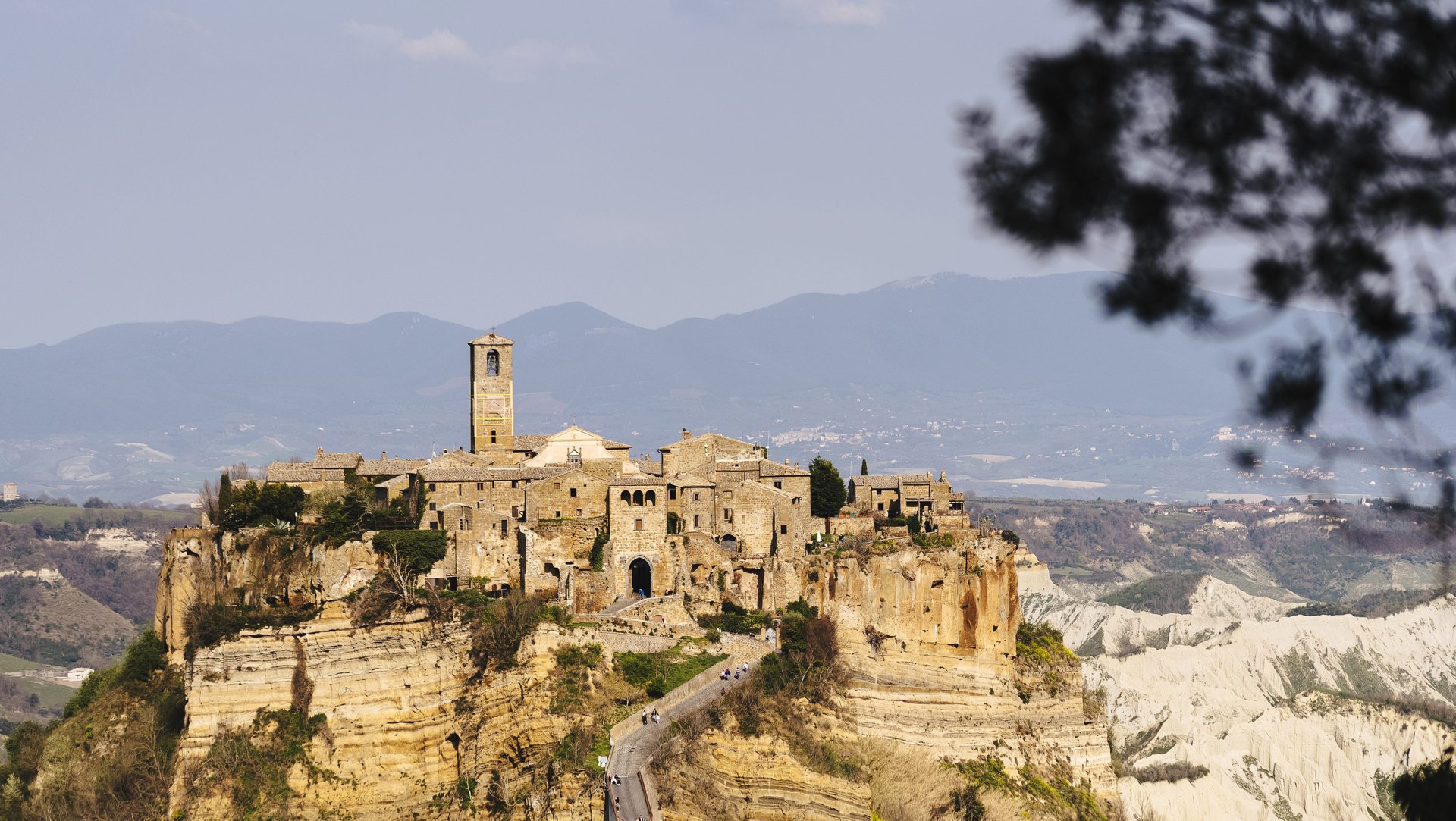

Sleep doesn’t come easy when you’re living in a dream. Earlier this month, I spent a night tossing and turning, overwhelmed by an enchanting 13th-century stone house on the edge of Civita di Bagnoregio, a deserted hilltop town about 75 miles north of Rome. I booked it on Airbnb.
“Casa d’Artista,” or Artist’s House, is the first municipal building to be listed on the lodging site. The host for our stay was Civita’s mayor, Francesco Bigiotti.
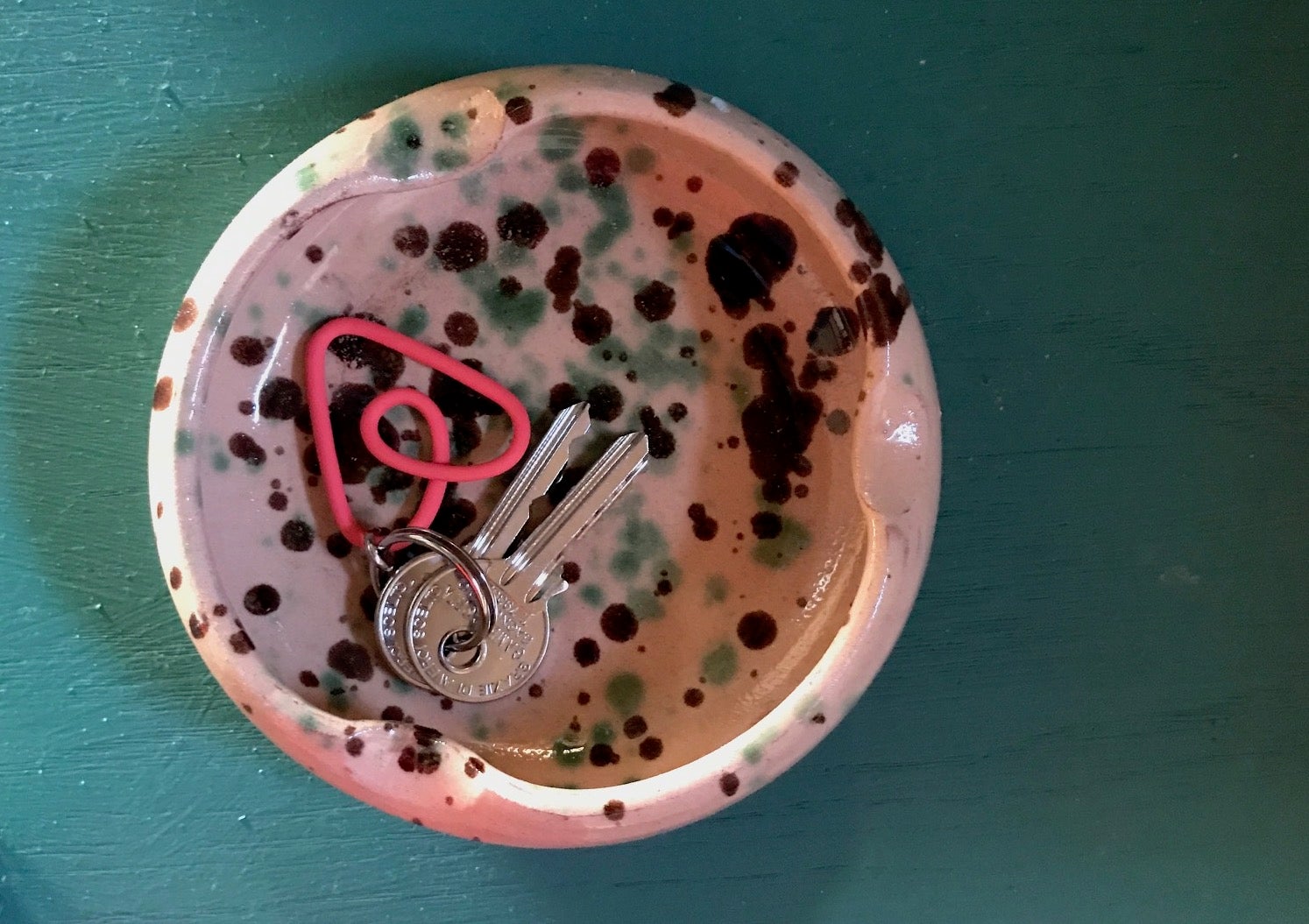
Airbnb worked with Bigiotti’s office to revive the abandoned public building, which was heavily damaged in an earthquake in the 1980s. The collaboration was part of a campaign to help the economies of rural villages around the world. Italy has been trying to help its forgotten villages with a government program that gives away nine-year leases (link in Italian) on 300 castles and historic homes to anyone willing transform them into tourist destinations.
Proceeds from Casa d’Artista—currently listed at €250 a night—go directly to the town’s budget for cultural and regeneration projects. Artists can qualify for a special nightly rate of €10.
Called “la citta che muore” (the town that is dying), Civita is perhaps the most popular of the over 20,000 ghost towns in Italy today. Built by the Etruscans in the 7th century BC as an enclave away from the malaria-infested lowlands, Civita been been ravaged by earthquakes, landslides, and storms since the 1300s, with climate change accelerating its decay. Civita has also lost nearly all its residents except for less than 10 people who cling to the dream of living in the crumbling town. Even solo travelers rooming at Casa d’Artista would give the town a measurable population boost during their stay.
Opened in April, Airbnb considers Casa d’Artista (formerly known as Greco House), as a test case and a template for other rural villages. ”Our aim is to celebrate the heritage of these areas through art and design, while providing concrete ways for the towns to sustain their cultures and traditions,” says Airbnb co-founder Joe Gebbia.
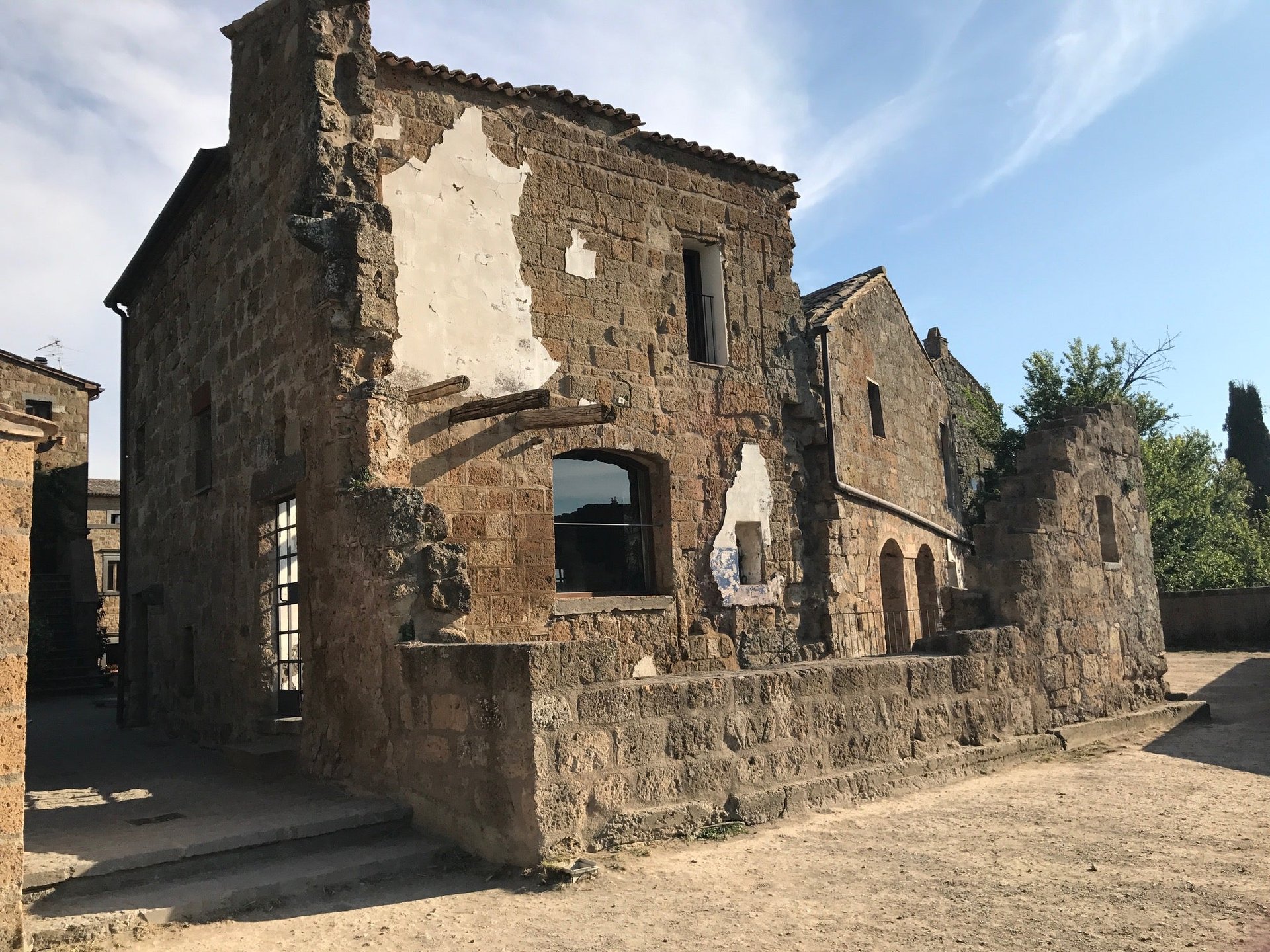
Modern ruin
In case renting a ruin in a village accessible only by footbridge is too old-fashioned a fairytale, the three-level house is filled with high-end contemporary furniture, giving the effect of living within the pages of a glossy design magazine.
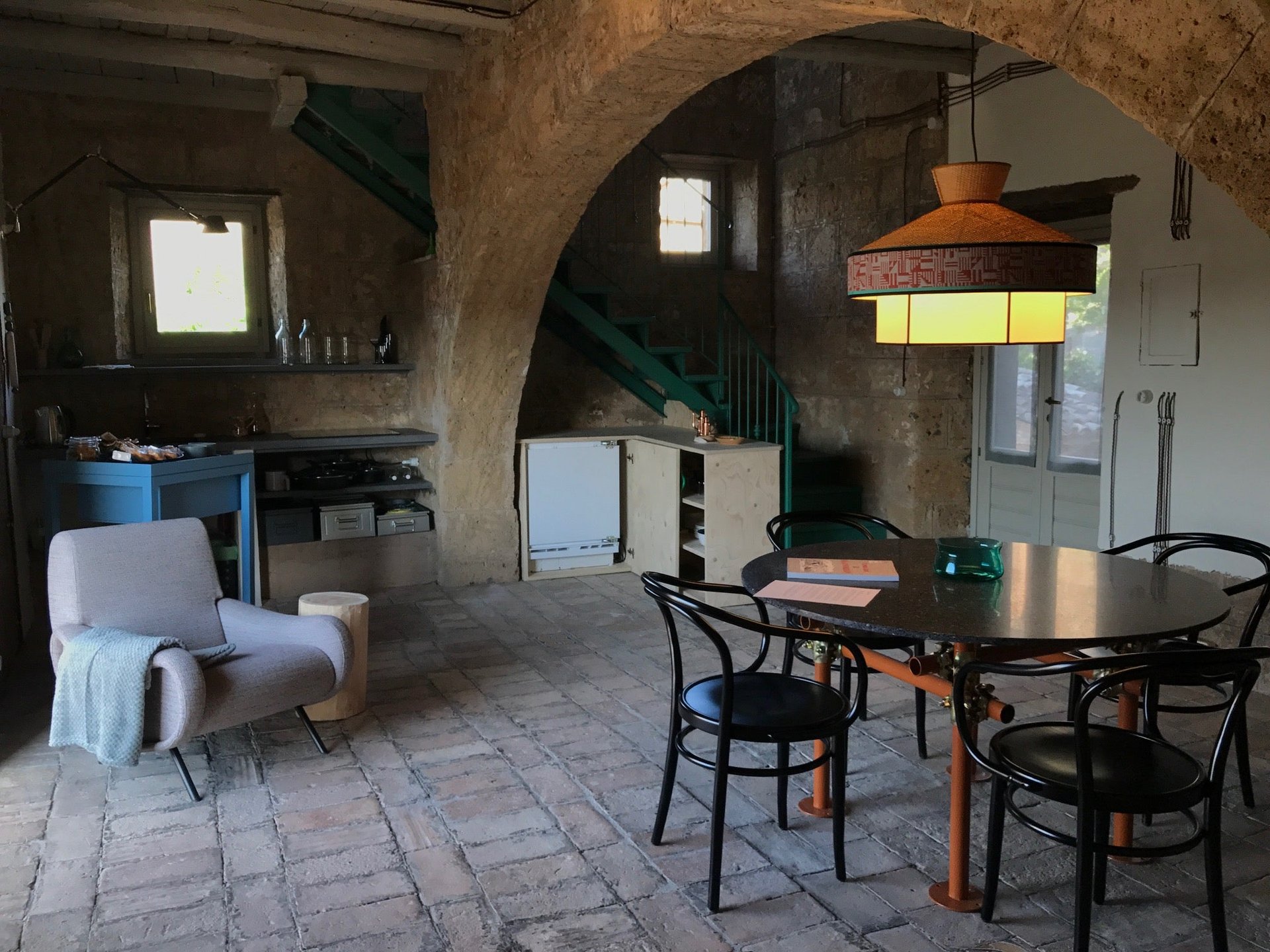
Interior designers DWA Design Studio created a veritable rural annex of Milan’s famous Salone del Mobile furniture fair. A shock of modernity greets visitors on entry—an eclectic mix of contemporary furniture juxtapose with the house’s centuries-old stone walls. An inviting 1950s-style armchair frames a large bay window highlighting the picturesque Italian landscape.
The basement is set up like a stylish den. Design nerds will recognize the iconic Utrecht armchairs designed by the Dutch architect Gerrit Rietveld, the La Tripolina folding chair in the corner, and clusters of Tabouret side tables and stools designed by Le Corbusier.
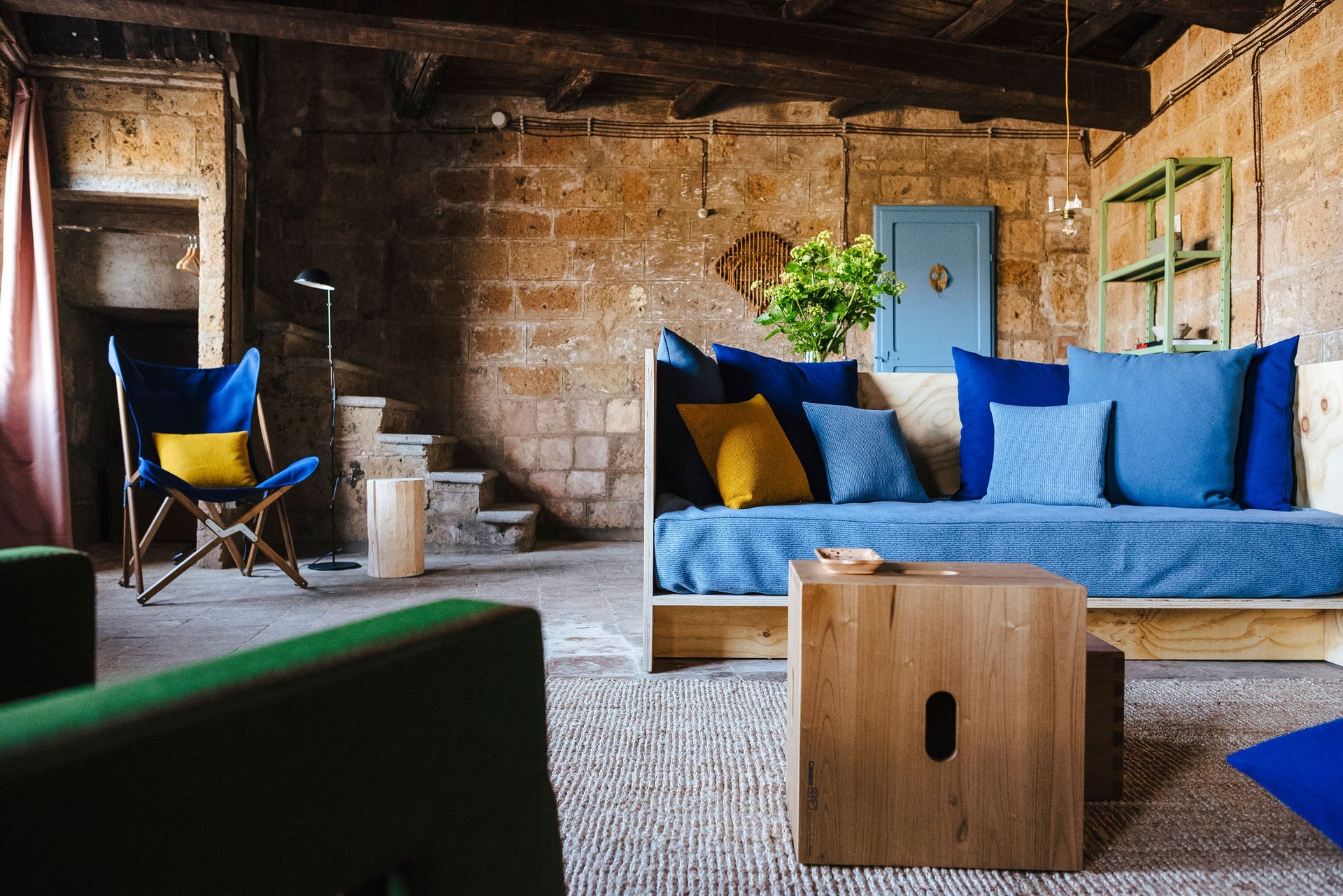
The third level has a daybed and a custom-built desk propped with art supplies, inviting guests to sketch or write poems about the breathtaking vista outside. Every nook is propped with well-chosen objets d’art—it’s impossible to take a bad picture in the house. There’s also wi-fi. Just about the only thing the house lacks are trash cans, like in most magazine spreads.
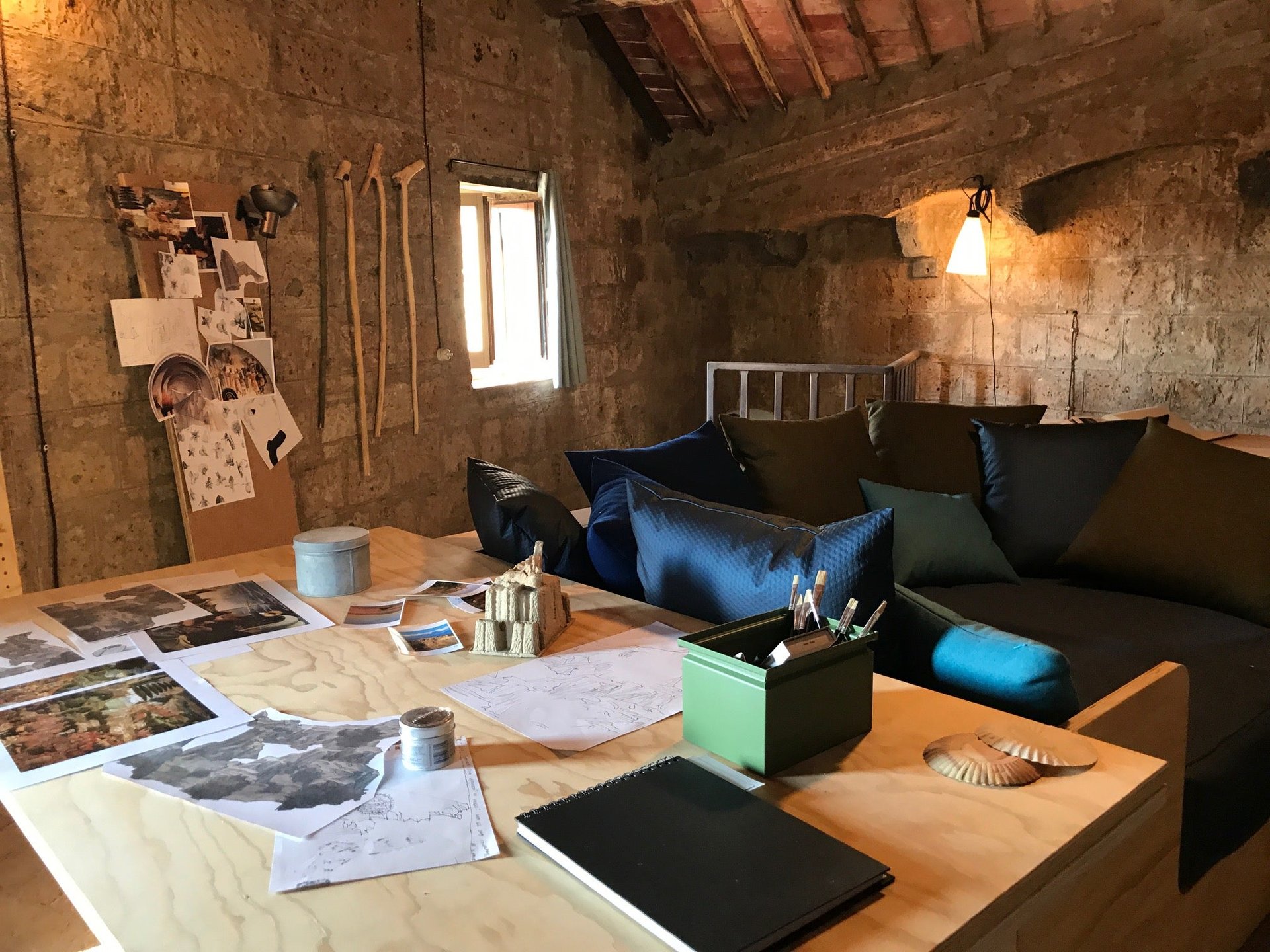
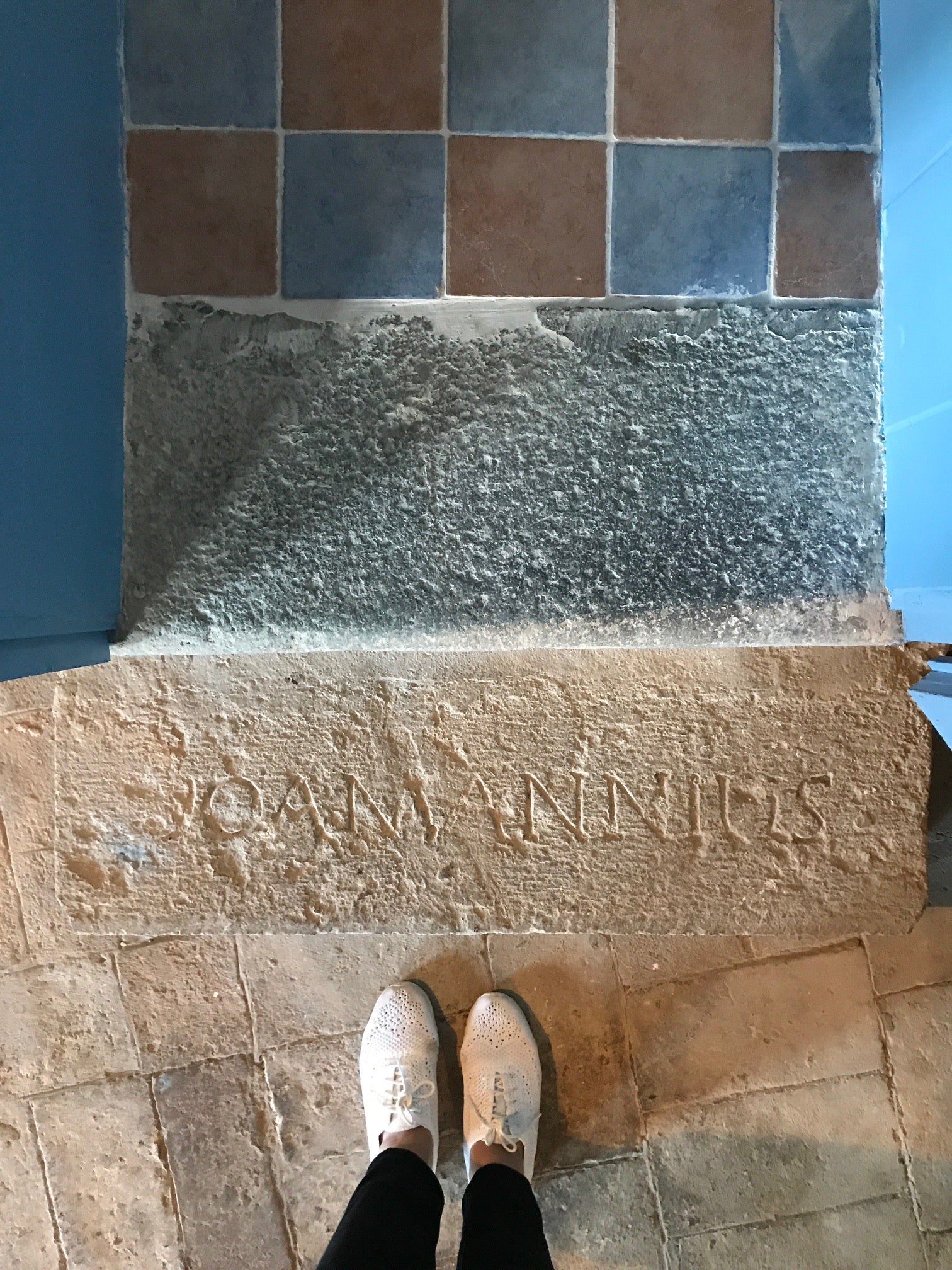
Sleepless in Civita
The sleeping area on another level is similarly well-appointed, with a comfortable bed and three windows that let in the breeze to naturally cool the room. (Casa d’Artista is currently only available during temperate months because a heating system is yet to be installed.) On the same level is a large bathroom where you can shower while gazing at the landscape.
Perhaps it was the starkness of the open-plan space, the eerie crevices on the tufa stone walls, or the deafening silence in Civita, but I found it difficult to rest my mind that night. What was this building before? What’s stored in the deep well under the house? Will I see a medieval ghost? Deep into my reverie, I came up with the idea of waiting for the sunrise, viewable right from in the backyard.
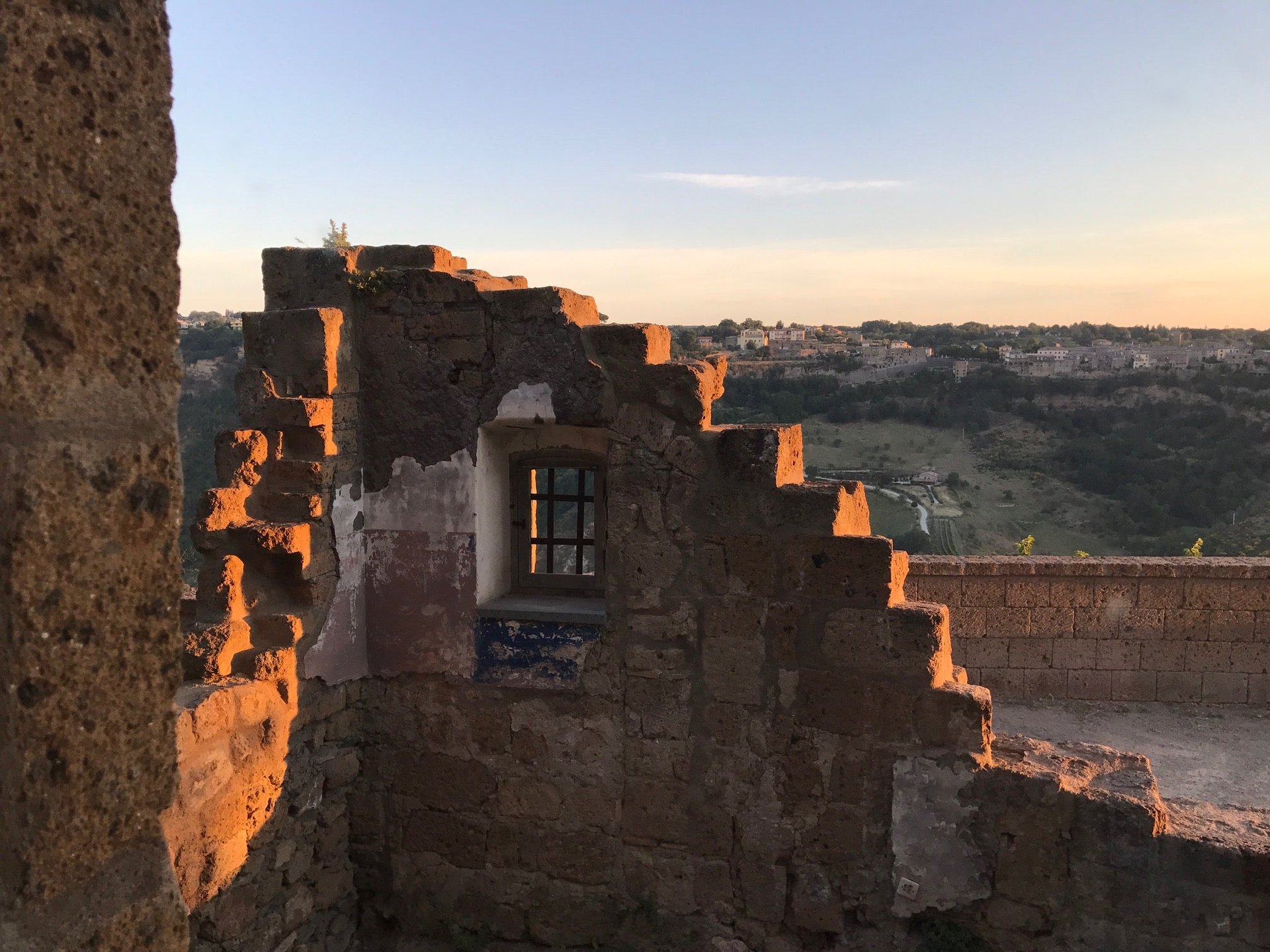
At 5:15 am, I stepped outside and walked through the length of entire town—completely quiet and still, the air perfumed by the scent from the jasmine vines. Only in deserted ghost towns could one claim the early dawn to oneself. And by appointment, the yellow-orange orb peeked through the mountains at 5:36 am, rising to the soundtrack of birds chirping from across the valley. It’s the kind of spectacle that lands on postcards and romantic comedies shot in Italy. It was almost too much.
The eventful sunrise wore me out and I finally fell asleep soon after. But around 10am, I was awoken by a commotion in the backyard. A large tourist group had gathered in the very perch where I earlier had a private seat to watch the sunrise. I walked down to the kitchen and saw curious gawkers peering into windows and looking down into the pit that was left when a side of the stone house collapsed.
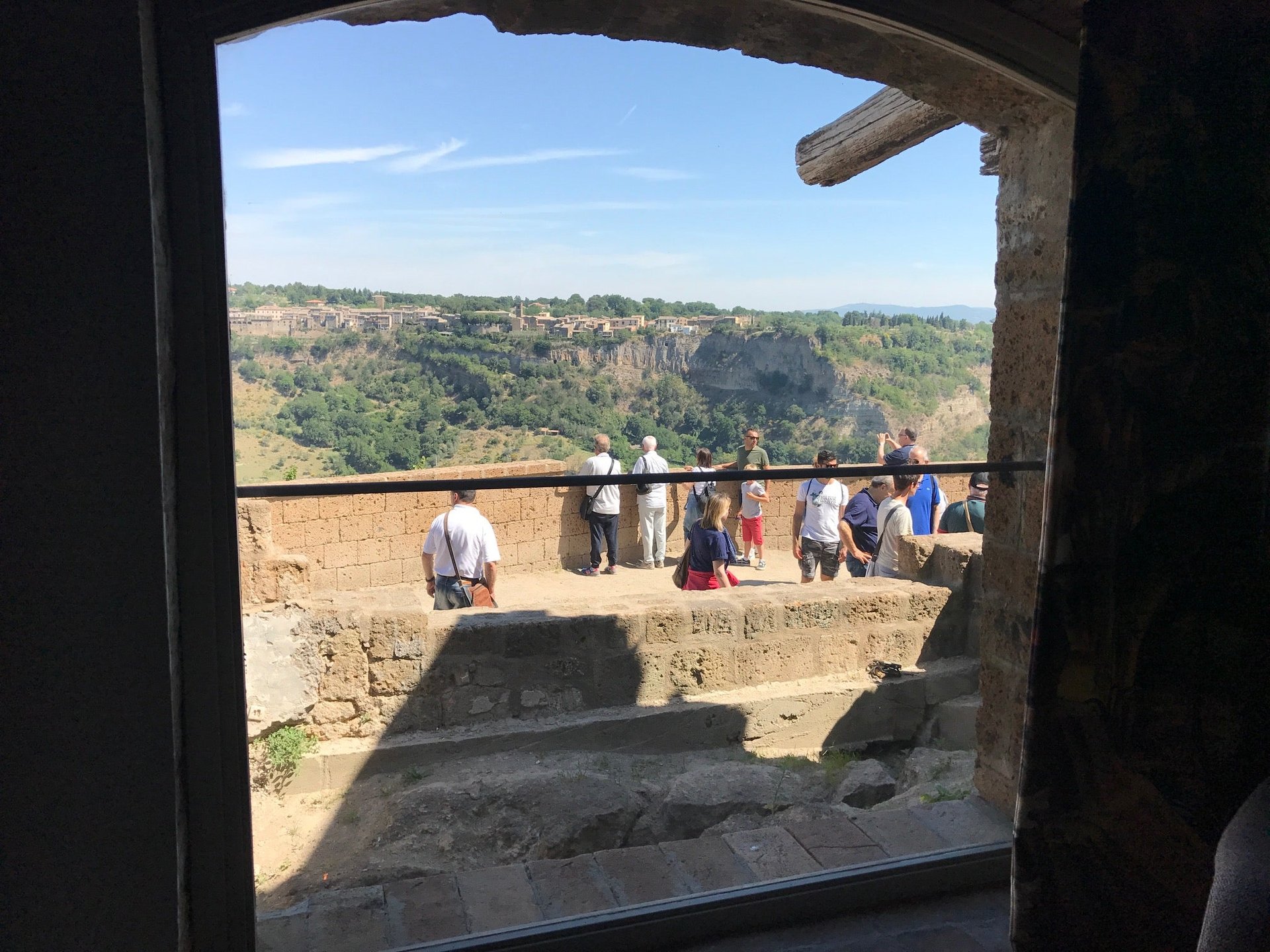
Steps away, the once sleepy town square teemed with tourist activity. Civita, I later learned, now draws some 600,000 tourists each year, often arriving as tour groups from Rome. Bearing with the selfie-stick-toting crowd is the price residents pay, now that Civita has applied to be a UNESCO World Heritage site. The influx of tourist dollars is exactly what the town hopes will fund the expensive engineering projects needed to reinforce its eroding cliffside. For Airbnb renters, the dream of a solitary hilltop escape is only available before the tourist buses arrive.